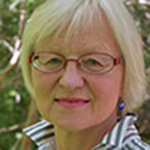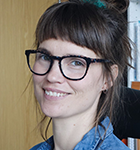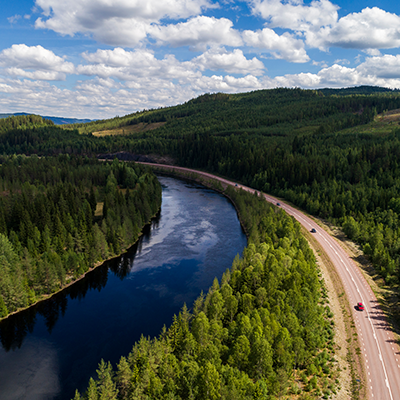The new research program is funded with SEK 45 million by the Swedish Environmental Protection Agency and the The Swedish Agency for Marine and Water Management (HaV). Uppsala University leads the program in collaboration with researchers from SLU, Södertörn University and Stockholm Resilience Center. Four of the five sub-projects in the program will be led by researchers at SLU.
Five different landscape types
"LAND-PATHS" stands for "The multifunctional LANDscapes of the future: barriers and drivers for transformation PATHwayS.
LAND-PATHS focuses on the five landscape types of forest, agricultural landscape, sea and coast, city and mountains. Knowledge in each area will be developed in collaboration with users and other actors in each landscape. LAND-PATHS will apply a transdisciplinary approach, combining expertise of both researchers and stakeholders. An important part of the work will be to investigate how obstacles to landscape multifunctionality can be counteracted and how synergies between different societal goals can be built on.
The overarching aim of LAND-PATHS is to develop more sustainable and integrated practises in landscape decision-making, management and planning. LAND-PATHS will co-design transformative governance pathways to foster sustainable practises in biodiverse multifunctional landscapes, and explore how more multifunctional management practises can be fostered across different types of landscapes. In addition to scientific publication, a "LAND-PATHS Manifesto" will be produced together with actors in different landscapes.
Focus on dialogue and engagement
The program has a strong emphasis on engagement among all landscape users and stakeholders, including the general public, and focuses on broad communication and continuous dialogue between researchers, decision-makers, economic actors and the general public. A number of stakeholders are involved, from, among others, reindeer husbandry, the environmental movement, local communities, administration and decision makers. A large communication investment is included in the programme.
- A broad communication and dialogue increases the probability that the policy proposals we work on will gain broad support. Therefore, LAND-PATHS contains a large communication subproject, which will reach out to the public and invite dialogue and collaboration, says Stina Powell, researcher at the Department of Urban and Rural development at SLU, who is involved in the subproject on forest landscapes.
Collaboration between SLU, Uppsala University, Södertörn University and Stockholm Resilience Center
The research program will extend over five years (2022-2027). Project leader is Malgorzata Blicharska, associate professor of natural resources and sustainable development at Uppsala University (previously also a researcher at the SLU Swedish Biodiversity Centre).
– Nature has many valuable functions for humans and society, but most landscapes are depleted today, says Malgorzata Blicharska, associate professor of natural resources and sustainable development and programme coordinator for LAND-PATHS. We want to investigate how biodiversity and landscapes that are more multifunctional can be protected and developed. It is an important task, but it is also exciting and fun research that we will conduct in broad collaboration.
At SLU, Marcus Hedblom (urban landscapes), Sara Holmgren and Stina Powell (forest landscapes), Tuija Hilding-Rydevik and Tommy Lennartsson (agricultural landscapes) are participating, all from the Department of Urban and Rural Development, and Per Sandström, Gun Lidestav and Stefan Sandström ( the landscape of the mountains) from the Department of Forest Resource Management in Umeå.
Marcus Hedblom from the Department of Urban and Rural Development at SLU will lead the subproject on urban landscapes:
- We will study why urban green areas continue to decline, despite all the knowledge and policies about the importance of nature and biodiversity. We will also investigate how biodiversity affects people in a landscape perspective and how existing knowledge can be implemented by consciously designing multisensory outdoor environments that are rich in biodiversity.
Tuija Hilding-Rydevik, Professor emerita at SLU Swedish Biodiversity Centre leads another of the sub-projects:
- The purpose of the sub-project on the agricultural landscape is to set the goal of governance towards multifunctional agricultural landscapes in relation to the EU Common Agricultural Policy (CAP) 2023-2027. We need to know more about the conditions that affect farmers' willingness to accept compensation in relation to biodiversity. More knowledge is also needed about what multifunctionality means from the perspective of biodiversity, and how CAP affects this.



